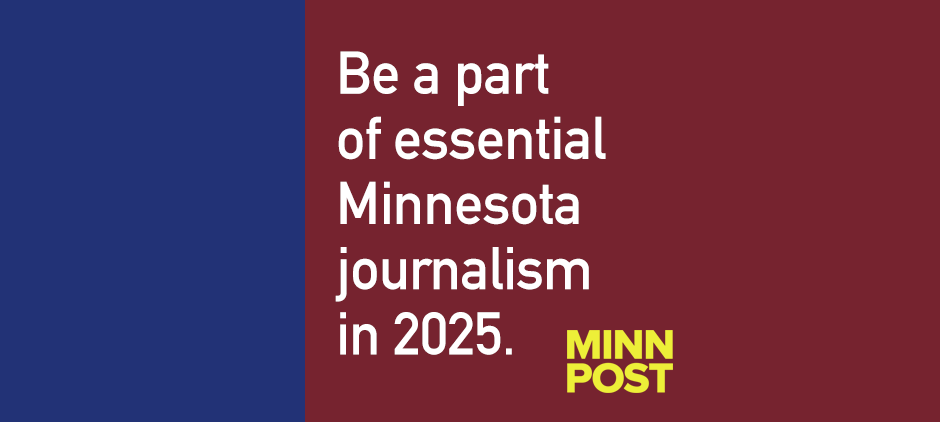Public trust in higher education has reached a historic low. A major reason is that rising student debt is undermining the return on investment many students expect from a college degree.
However, researchers at Georgetown University project that by 2031, 72% of jobs will require some type of education or training after high school. Now is the time to change the way we think about meeting immediate labor shortages and future work demands, as well as delivering opportunities to all students.
Education leaders have long called for expanded postsecondary pathways. College isn’t for everyone. Unfortunately, many college alternatives, especially career and technical education programs, have a complicated history. In the past, these programs have been criticized for funneling students from low-income families into low-paying jobs. That criticism reinforced a stigma around such programs and led to their decline.
Now, a growing number of employers are shifting away from degree requirements and embracing nondegree and skills-based credentials. Still, a significant gap remains between employers’ intended approach and actual hiring practices. This dissonance signals that college degrees will not become obsolete in the foreseeable future, and employers will still need a way to assess the workplace value of a degree or credential.
Traditional higher education has reached an inflection point. More than half of Americans question the value of a college degree, and only 40% of business leaders believe that recent college graduates are prepared for the workforce.
College enrollment has steadily declined over the past decade, a trend that accelerated during the pandemic. And college has become unaffordable for many students. According to the National Center for Education Statistics, the cost of college increased by 180% after inflation from 1980 to 2019-20. Students are assuming historic levels of loan debt in pursuit, ironically, of economic mobility (a long-proven benefit of higher education). As of the first quarter of this year, collective student loan debt totaled $1.75 trillion — up nearly $750 billion in 12 years.
These challenges diminish the value of postsecondary education and must be addressed if we wish to achieve a robust, inclusive workforce.
Colleges and universities have developed several innovative practices to increase their value by better serving shifting student demographics, learning styles and life circumstances. A growing number of schools are adopting a competency-based approach, which is largely self-paced. These schools award degrees based on student mastery of skills rather than seat time.
About 400 colleges and universities are considered dual-mission, a designation for schools that deliver a range of learning programs, from nondegree credentials to graduate-level degrees. This approach is particularly valuable in rural communities because it eliminates the need to transfer between institutions for more advanced degrees. An increasing number of community colleges now offer bachelor’s degrees.
In some cases, business leaders have helped create learning opportunities by partnering with four-year institutions to bolster preparation for high-demand jobs. They have produced skills-based and credential-granting online courses and launched new skills-based university programs to fill the tech worker gap. Business and postsecondary institution partnerships that match skills development with industry needs are critical for meeting the evolving workforce requirements of tomorrow.
Dual-enrollment programs are helping improve students’ career readiness by exposing them to college-level courses while still in high school. Career-based programs and apprenticeships also offer early access opportunities to high-quality workforce pathways.
Reimagining degrees and other pathways must start early with exposure to career opportunities throughout the K-12 education experience. If students are provided with information earlier, they can better gauge their interest in certain jobs, learn about pathways to those careers and determine how to seek additional education after high school.
As postsecondary options become more abundant, the workforce must adjust to recognize and value new options, such as competency-based approaches, dual-mission schools and early career-learning opportunities. Inclusivity, learner flexibility, accessibility and equity must remain key priorities. This is how we will be able to better foster prosperity and facilitate our nation’s promise of economic mobility.
Cindy Cisneros is vice president of education programs at the Committee for Economic Development of The Conference Board.
This commentary originally appeared in The Hechinger Report.








Leave a Reply